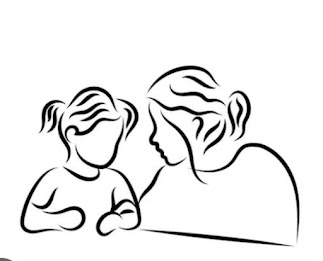Parenting confusions !
Montessori or Waldorf ?
Which is best for your child ?
Parenting is a responsibility and it is heartening to see that, today's parents are more aware and are keen to explore various options before they choose the learning environment for their child.
Let us look at some frequently asked questions.
What are the similarities and differences between Montessori and Waldorf systems ?
Both Maria Montessori and Rudolf Steiner were visionaries who focused on developing the whole child. Steiner was a philosopher and thinker who believed in educating the child through his head, heart and hands. We see that both had a common ultimate goal and that is, holistic development of the child.
In Montessori classrooms, Children are very independent and they work with materials individually. Steiner believed in “group” learning and imitation during early years. So, the environment is a lot more social in a Waldorf classroom. Children engage in free play and imaginative play using natural materials.
The role of a teacher in a Montessori environment is that of a guide. The Waldorf teachers engage the class through a lot of movement and stories and students love to enact fairy tales.
In Montessori early childhood curriculum, there is no fantasy. Children are given concrete information through books and materials. In later years, imagination is brought in. This is one major difference observed in the Montessori and Waldorf systems.
Is it true that Waldorf children are generally healthy ?
Though there is no concrete evidence, it has been generally observed in parenting circles that, because of the healthy rhythms that the Waldorf environment nurtures, children are healthy both physically and emotionally. Unhurried schooling is a special feature of Waldorf education. The benefits of low-technology and greater connect with nature is drawing more parents towards this approach to education.
Why is Waldorf education the fastest growing school movement in the world today ?
Rudolf Steiner has developed an age appropriate curriculum based on the developmental stages of the growing child. Hence, as the child goes through his school going years, the curriculum meets the child joyfully and purposefully. Here is a very brief note of the curriculum across various grades.
Early childhood (upto age 7)
The Waldorf educators provide a nurturing environment, bringing alive stories and songs through classroom activities. Lot of emphasis is given to working with limbs through free play and handwork.
Middle childhood (age 7 to 14)
This is a very crucial age where “love for learning” is to be nurtured in the child. Teachers plan their lessons very carefully and thoughtfully by integrating art, music, drama and movements. Fables and biographies are used age appropriately to build language skills. Parents are empowered to deal with adolescent challenges and the teachers maintain a good relationship with the family as well.
After 14 years of age the Waldorf curriculum meets the adolescent’s growing needs for judgement, critical thinking, etc in a natural way. Students take charge of their education under the mentorship of teachers who are specialists in their fields.




https://bakripalanyojana.com/
ReplyDeleteWishing a very all the best to all students and would love to see best engineers coming out of the school.
ReplyDeletehttps://www.examnewstoday.com
ReplyDeleteFantastic blog post! Your insights are truly valuable. I enjoyed reading it. If you're interested, I've also written a piece on a related subject. Feel free to check it out Here Keep up the great work
ReplyDelete